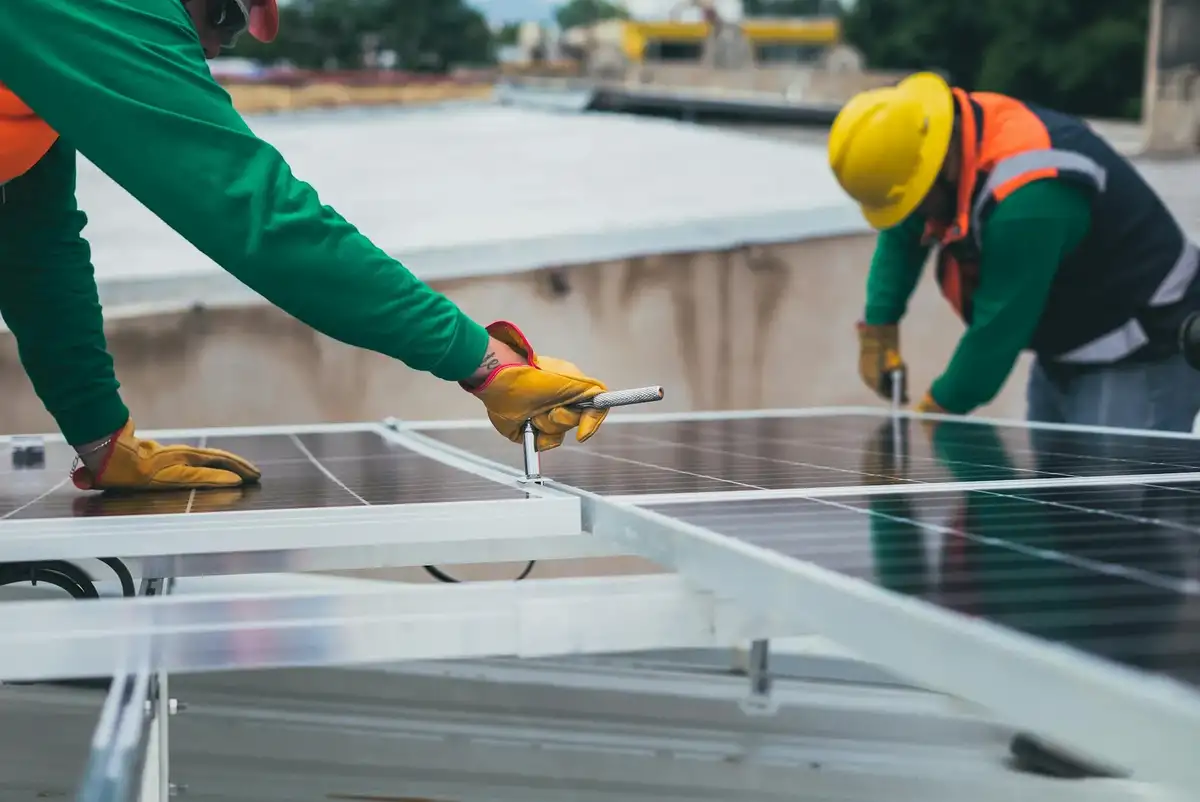Despite Africa’s immense potential for renewable energy, a new report from the International Energy Agency (IEA) reveals that high financing costs remain a major obstacle to scaling up clean power projects across the continent. This financial burden threatens to slow down energy development and limit access to affordable electricity for millions of Africans.
Africa’s power consumption is rapidly increasing, and renewable energy sources like solar, wind, and hydropower are crucial for meeting this growing demand while also addressing climate change. The IEA estimates that annual energy investments need to more than double from the current $110 billion to over $200 billion by 2030 to achieve climate goals, energy development, and universal energy access. The majority of this increased investment is required for clean power projects and the necessary infrastructure.
HAVE YOU READ? How High Financing Costs Are Slowing Kenya and Senegal’s Renewable Energy Growth
However, many African governments face challenges in financing these projects. Public funding is often constrained by high debt servicing costs, limited financial market maturity, and low domestic savings levels. As a result, many countries rely on external funding from development finance institutions (DFIs) and international private financiers.
While DFIs can offer lower interest rates, private financiers typically factor in higher project risks, leading to a high cost of capital. This makes it more difficult for projects to be considered financially viable or to provide affordable power to end-users. This is particularly true given that the base rate accounts for 60% to 90% of the overall weighted average cost of capital (WACC) for solar PV plants in Africa, compared with 35% in China and 10% in advanced economies.
The IEA’s Cost of Capital Observatory, which tracks capital costs in different countries, recently added Kenya and Senegal to its list. While these countries have made progress in expanding renewable energy, the cost of capital for clean power projects remains high. For instance, the weighted average cost of capital (WACC) for utility-scale solar projects in Kenya and Senegal is between 8.5% and 9%, compared to rates between 4.7% and 6.4% in North America or Europe.
Interestingly, Kenya and Senegal experience lower financing costs than South Africa and other emerging economies, where the WACC ranges from 9.5% to 11%. This advantage is largely due to concessional capital, with approximately half of the projects analyzed in Kenya and Senegal funded by international financial institutions through low-cost debt.
HAVE YOU READ? JUWI Invests ZAR 6 Billion to Power South Africa’s Industries with Solar Energy
Most renewable power projects in Africa that rely on concessional finance use tools such as political risk insurance or guarantees to help lower risks for other investors. However, the perception of political or macroeconomic risks at the country level still drives up borrowing costs. In Kenya and Senegal, sector-specific concerns like regulatory uncertainty, off-taker reliability, and weak transmission networks add an additional 5%-7% to the base rate.
To reduce financing costs further, tailored solutions are needed to address different risks. Current financing approaches often involve a high proportion of foreign currency, which can further increase capital costs. In Kenya and Senegal, off-taker risks are among the top concerns for clean energy projects. In both countries, state-owned utilities (Kenya Power and Senelec) act as the sole off-takers, and both have high debt levels, increasing the risk of non-payment to power producers.
The IEA emphasizes that overcoming these financial barriers is critical for African countries to expand clean power and achieve their energy-related development goals. This includes improving credit ratings, expanding local currency lending, and de-risking investments through policy and regulatory stability. By addressing these challenges, Africa can unlock its vast renewable energy potential and ensure access to affordable, reliable, and sustainable electricity for all its citizens.









